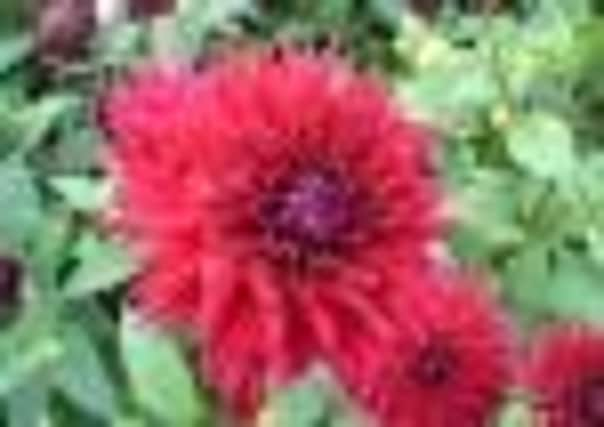The dahlia news


Sweden deserves to bask in the glory of the dahlia, it was named after a one of its botanists. Originally, Andreas Dahl had an unusual use for the plant – he ate it. He thought the dahlia was better as a vegetable than a flower, and it took quite a time before gardeners got around to cultivating it for its blooms.
Today, the dahlia has a special place in the gardeners’ world – it provides wonderful colour and superb flowers with the minimum of effort.
Advertisement
Hide AdAdvertisement
Hide AdDahlias have a wonderful history. Columbus discovered them, and tubers were brought back from Mexico by the Spanish. Eventually, they fell into the hands of plant breeders who saw their potential. Now you can grow giant dahlias, tiny dahlias, dahlias with huge blooms and dahlias with miniature blooms; single-flowered, anemone-flowered, collerettes, paeony-flowered, decorative, ball, pompon, cactus, semi-cactus and those which are best called miscellaneous.
From the end of July till the first frosts, they flower long and hard, overshadowing everything. They love the sun but can grow well in shade; they like a rich soil but still thrive in poorer ground; they are stunning in herbaceous borders but are equally at home in pots on patios. They are so accommodating that even the most ungarden-like of gardeners can usually get a good show out of a few tubers. Once planted, in late spring, there is little to do except provide support to stop their flower-heads dragging them down to soil-level.
But it pays to also feed and water – and to mulch to deter weeds. Watch out for caterpillars and earwigs which can introduce viruses that will eventually ruin the flowers.
When the first frost blackens the leaves, cut the stems to 8-10 inches and dig up the tubers and the soil surrounding them and pop them away in a shady, frost-free spot for a few days.
Advertisement
Hide AdAdvertisement
Hide AdPrepare a shallow box with a mixture of garden soil and sand. Clean the tubers and put them in the box, just up to the stem. Then cut back the stems to an inch or two and store the boxes somewhere frost free and out of direct light – between 35 and 50F. Examine the tubers every few weeks, discarding any that have become soft or mouldy. The healthy survivors can be replanted in spring after the frosts have passed.